Time goes back to more than 2200 years ago, at the foot of Mount Li in the Qin Dynasty.
Hundreds of thousands of craftsmen, like surging ant colonies, are busy with the huge Mausoleum project. Among the crowd, there is a young man, sweating like a pig, stirring water and loess with his hands, making a group of palace figurines by hand …
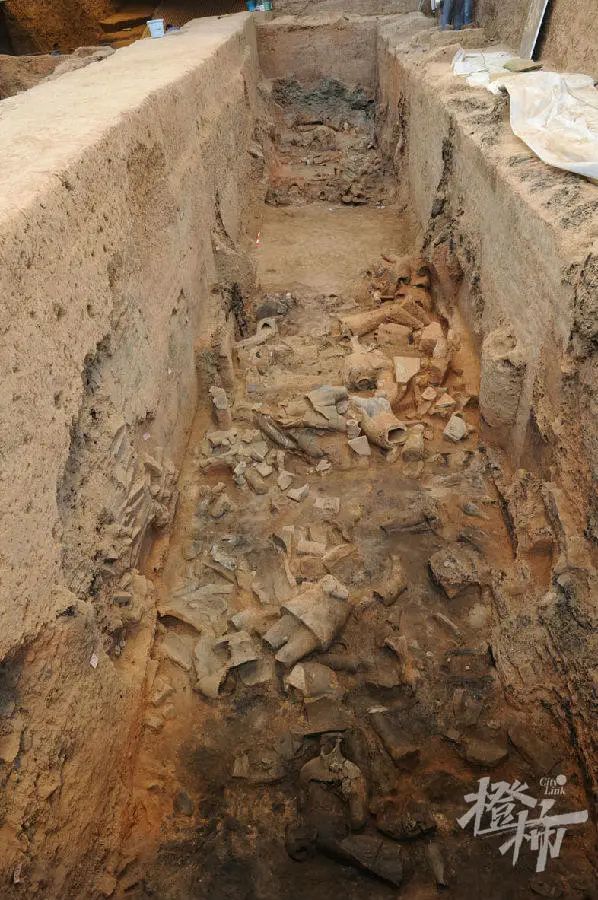
This magnificent scene was described by Sima Qian in Historical Records-"The world sent more than 700,000 people to wear three springs, and the copper was poured down … With mercury as a hundred rivers and seas, the machine was instilled, with astronomy on the top and geography on the bottom …"
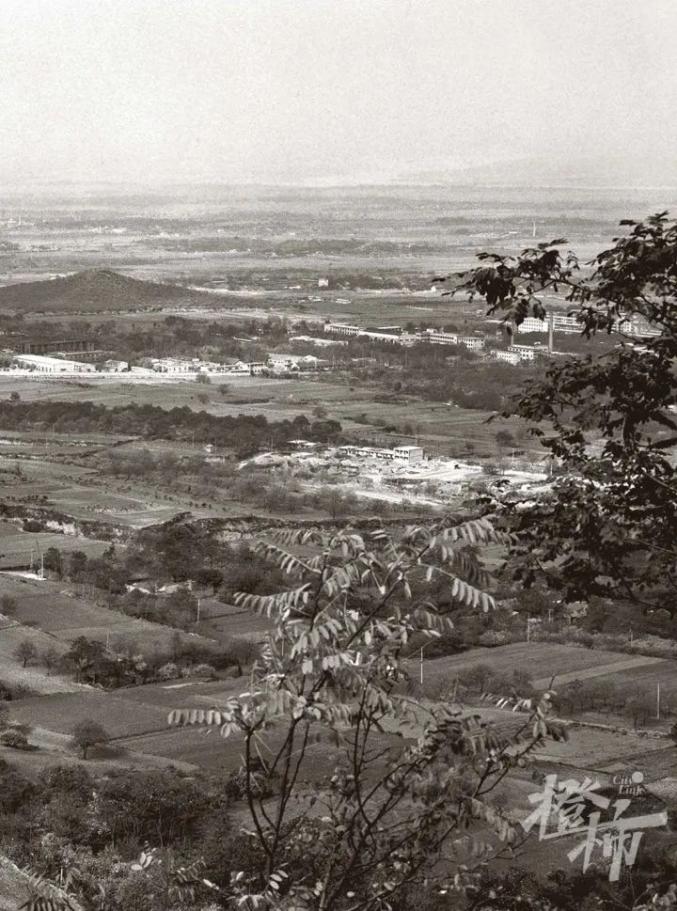
Among more than 700,000 craftsmen, teenagers are very humble. People from Zhao and Chu? The place of origin is unknown.
After the completion, in order to cover up the truth of the Mausoleum, he failed to escape the fate of being killed. But his works and fingerprints "signature" were left behind, and were finally discovered by today’s archaeologists …

On June 11th, the Cultural and Natural Heritage Day, the Mausoleum Museum of the First Qin Emperor announced the "No.28 figurine" in the hundred-play figurine pit of the Qin Mausoleum for the first time, which attracted a lot of attention and quickly became popular on the Internet.
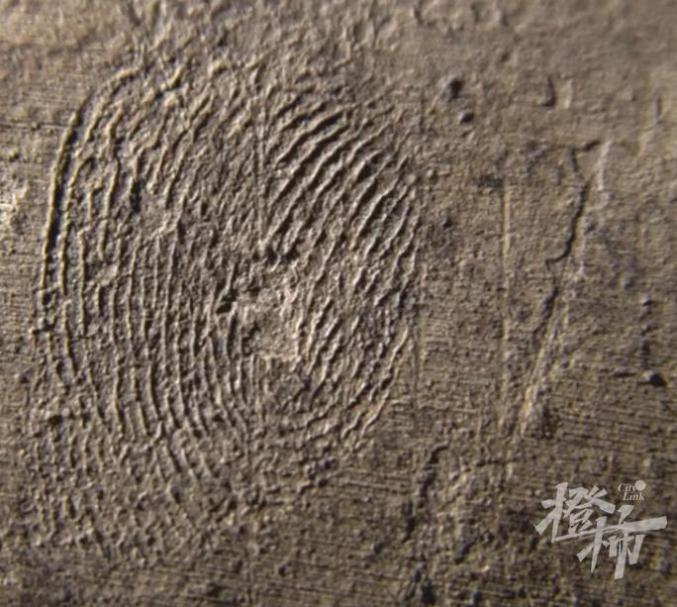
The 28 th figurine, which has attracted much attention, is called "supine figurine" by archaeologists because of its unique posture.
Many netizens joked, "Is it practicing yoga?"
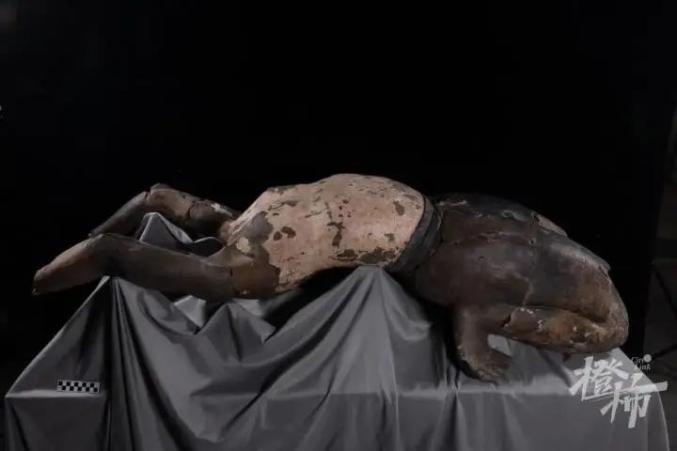
Khan Lee, director of the Mausoleum Museum of the First Emperor of Qin Dynasty, said, "It belongs to the hundred-play figurines, showing the image of the hundred-play figures in the court of Qin Dynasty. What is special about this figurine is its posture, which may be similar to that of a carp, or it may lean over and lean back. "
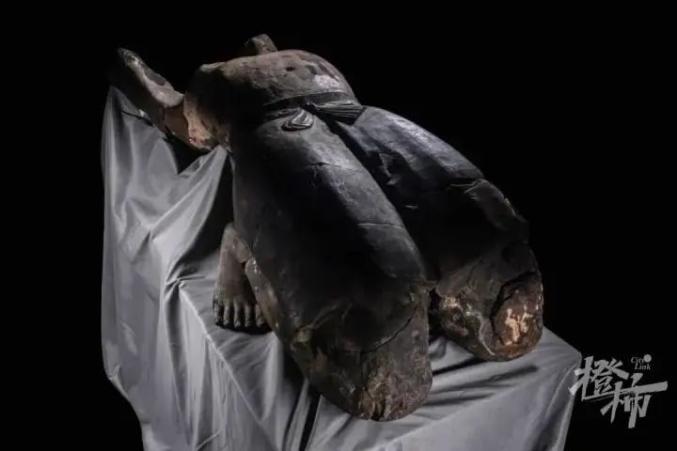
Little known is that today, more than 2,200 years later, when it reappeared, there were only 72 pieces and 12 bags of debris, with no head, no hands and lost right leg.
It is quite different from the Terracotta Warriors and Horses. It is speculated by academic circles that these terracotta warriors and horses are hundred-drama warriors and horses that provide hundreds of performances for the court of Qin Dynasty, so the burial pit is tentatively named "Hundred-drama Warrior Pit".
After more than 9 months, the restored figurine is 154 cm long and weighs 101.4 kg. Because of the long time, its body color has been broken and transformed.
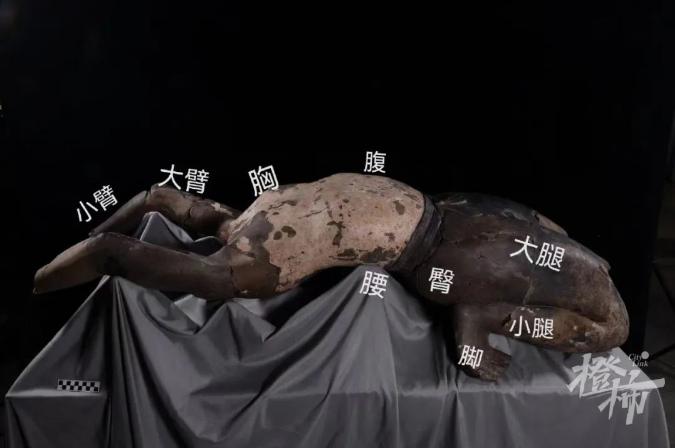
Hangzhou criminal investigation expert:
Fingerprints are more in line with the characteristics of young people
"According to Zhou Ping, vice president of the Mausoleum Museum of the First Qin Emperor, three continuous fingerprint marks were found on the painted surface of the abdomen during the protection and restoration of the supine figurines. Experts from dactylography, a professional appraisal institution, collected data and made professional analysis on three fingerprints. After comparison, these three fingerprints are highly similar to those of teenagers, and the craftsman of this pottery figurine should be a teenager. " -According to Xinhua News Agency,
Why can you tell your age from fingerprints?
This fingerprint also aroused the interest of criminal investigation experts of Hangzhou Public Security Bureau.
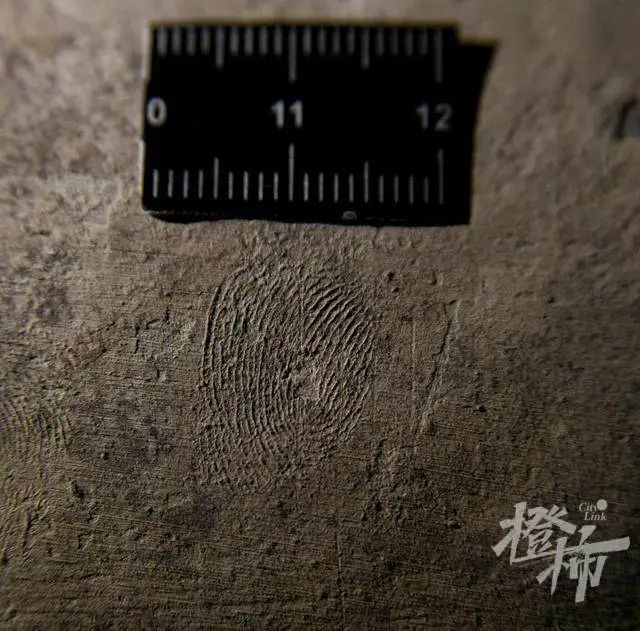
Police officer Shi Taoning is a senior expert in fingerprint inspection and identification. After carefully studying the fingerprint photos of "supine figurines", he told reporters that "the conclusion of the cultural protection department should be comprehensively judged according to the fingerprint shape, including the overall shape and details."
"If it were me, I would judge from this aspect: a person’s fingerprint is called a ridge, and a furrow is called between two stripe lines. The fingerprints found by Qin terracotta warriors, this furrow is still quite obvious.
"The gap between lines and furrows of young people is relatively large, and the gap between heights of older people is relatively small. Young people are relatively full and elastic, and it is easier to leave obvious details. However, for older people, with the loss of body water, the skin is cracked and shriveled, and the skin friction is damaged after labor, so the lines will not be so clear.
"Found on the terracotta warriors this time, it should be a three-dimensional fingerprint. The furrows and ridges of the fingerprint have a proper width ratio, which shows that they have not been excessively squeezed, which is more in line with the characteristics of young people. Combining these characteristics of fingerprints, we can judge the approximate age.
"Fingerprints are this rule with age, but fingerprint features are basically unchanged for life, except for injuries or big wear and tear. From the morphological analysis alone, it is more in line with the characteristics of young people.
"In addition, considering the average life expectancy of the people in the Qin Dynasty and the fact that they were engaged in manual labor, it makes sense to analyze whether it is left over by young people."
Fingerprints have been found on Qin terracotta warriors many times.
In fact, such mysterious fingerprints have been found on Qin terracotta warriors many times.
Ma Yu, a cultural relic restorer in the Mausoleum Museum of the First Qin Emperor, has participated in the restoration of horse figurines at various stages.
When cleaning a piece of pottery, he found many fingerprints on the piece of pottery, so he used silicone rubber to turn over the mold and take photos to save them.
He said, "This is a dialogue between us and the ancients."
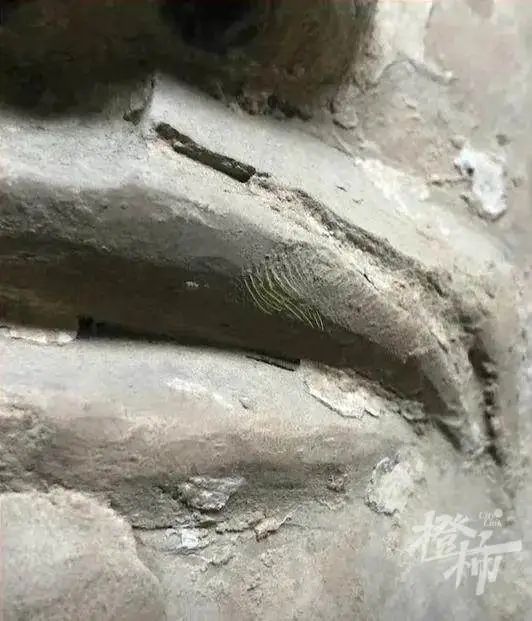
Zhao Zhen, a cultural relic photographer in the Mausoleum Museum of the First Qin Emperor, once photographed nearly 8,000 terracotta warriors and horses. Speaking of finding the craftsman’s fingerprints on the face of the Terracotta Warriors, he was so excited that he choked.
"Clapping one day, I looked up and saw fingerprints on the face of a statue of terracotta warriors and horses, which were left by craftsmen who made terracotta warriors and horses more than 2200 years ago!
"When I saw that scene, time had disappeared, in the same place, he had just left, and I stepped on his footprints …"
The oldest fingerprints come from more than 7000 years ago.
Maybe it was left by a little girl.
The earliest fingerprint found on cultural relics is Yangshao culture more than 7000 years ago, which may have been left by a little girl.
On October 31, 2018, Yang Shuanchao, a researcher at Yangshao Culture Research Center of China Academy of Social Sciences and deputy director of Yangshao Culture Museum in Mianchi County, suddenly noticed a pottery jar fragment in the pit near the ash pit of the site. There is a complete and clear fingerprint on the round and delicate ear of the pottery jar.
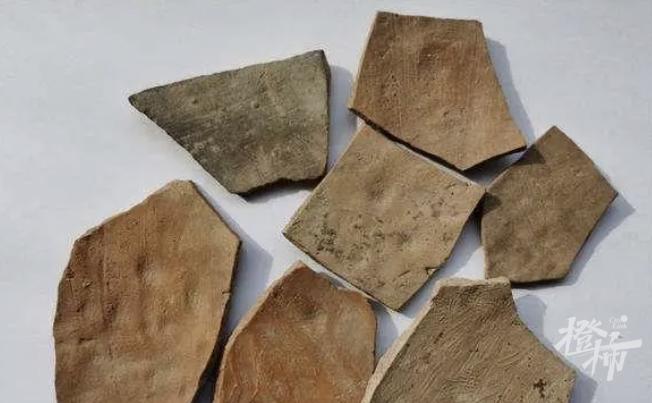
The fingerprint experts in the criminal investigation department studied the fingerprints on the fragments: this fingerprint is not only clear, but also very slim. Judging from the size and grain depth, its owner should be a little girl.
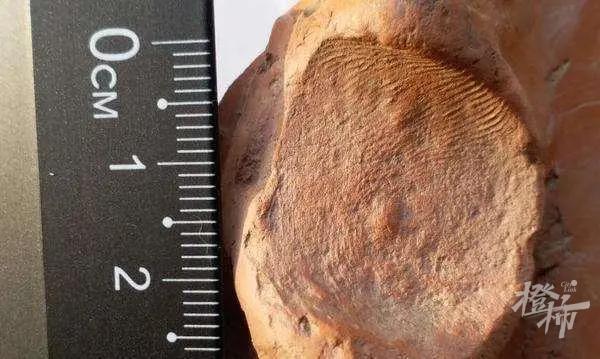
The size and weight of the pottery jar itself are not too big, so it is very possible to finish it by a little girl.
In the primitive society with extremely underdeveloped productive forces, every labor force is very precious.
Cultural protection experts infer that in the age of eating and drinking blood, our ancestors took part in labor when they were children.
In addition, experts also found a problem: there are a lot of sweat holes in the fingerprint left by the little girl, and the number of sweat holes in animals depends entirely on the individual’s exercise. Therefore, it is judged that the little girl is engaged in a huge amount of labor and her body is always in a state of exhaustion.
Police officer Shi Taoning believes that it is actually very difficult to judge the sex of men and women from fingerprints.
"Generally speaking, male lines are thicker than female lines, but they are not absolute.
"In fact, the age of fingerprint speculation is itself based on the universal characteristics of high probability of fingerprint morphology, and it is not 100% accurate. To make an analytical conclusion, we must also make a comprehensive judgment based on multiple information of the actual situation. "
As for "Yangshao Fingerprint", Liu Pingping, a famous fingerprint scientist and deputy director of the Fingerprint Inspection Committee of China Criminal Science Association, believes that "fingerprints and fingerprints have been widely used in this era (Yangshao culture), and’ beauty by finger’ has become a fashion, and’ faith by finger’ has dawned, which has opened a precedent for human fingerprint application."
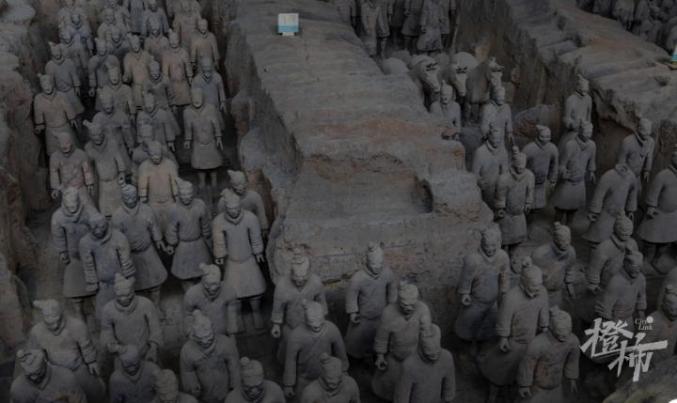
Like the little girl in Yangshao more than 7,000 years ago, the teenagers at the foot of Lishan Mountain more than 2,000 years ago had the same humble and short fate, and were not even qualified to leave their names on their works.
"Inadvertently", he quietly pressed three fingers on the terracotta warriors.
Follow the finger as the letter! After more than 2,000 years, I implicitly told people today, "I have been here …"
What clothes are the hundred-play figurines wearing?
Hangzhou has produced the latest research results.
At present, the Mausoleum Museum of the First Qin Emperor is cooperating with the China Silk Museum to study the costume restoration of No.4 Baixi figurines in Baixi Pit.
On June 22nd, at the Silk Road Cultural Protection Science and Technology Forum held in Hangzhou, Zhou Yang, deputy director of the China Silk Museum, showed the latest achievements in the research on the restoration of the costumes of hundreds of opera figurines in the Qin Dynasty-purple brocade fabric with black octagonal patterns and yellow dots …

Museum experts who participated in the restoration project told reporters that this hundred-play figurine to be restored has rich clothing patterns, including at least three patterns: geometric pattern, octagonal star pattern and cloud pattern.
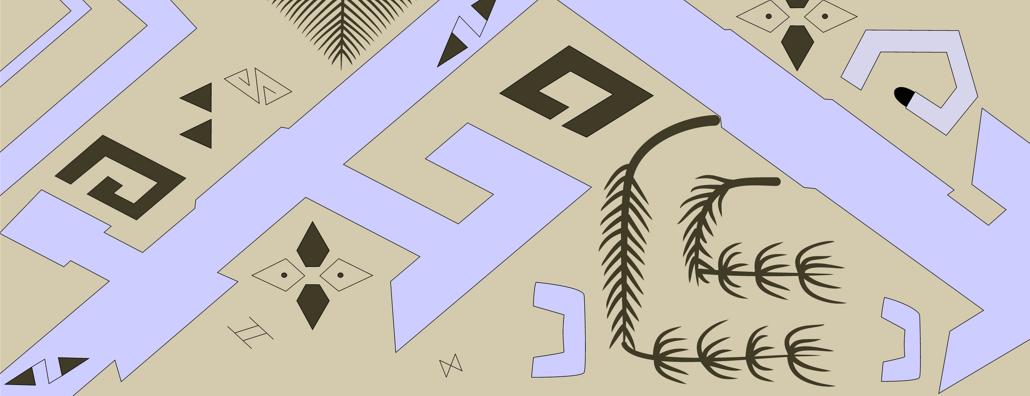
Restoring Decorations of No.4 Servant of Baixi Figurines
More than 2,200 years ago, the "hundred operas" artists of the Qin Dynasty, such as the "supine figurines", probably wore such clothes and performed acrobatics and dances for Qin Shihuang and other officials …
Original title: "Clear fingerprints found more than 2,000 years ago on the" supine figurines "of Qin Shihuang Mausoleum! Hangzhou criminal investigation expert analysis: how to judge that the manufacturer is a young craftsman from fingerprints? 》
Read the original text